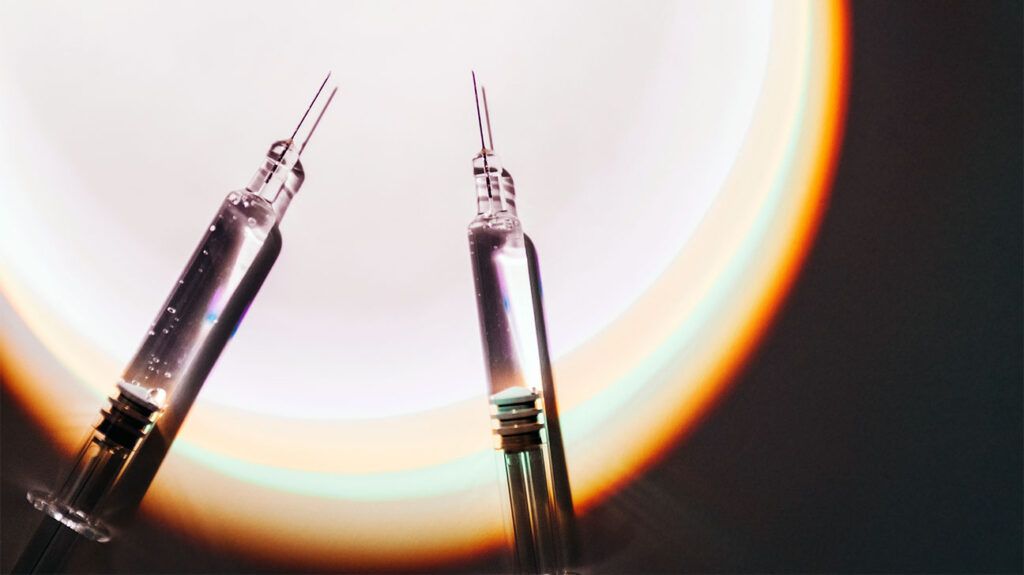Breakthrough in Regenerative Medicine: Lab-Grown Ureter Tissue from Stem Cells Signals Potential for Transplantable Kidneys

Researchers have engineered functional ureter tissue from human pluripotent stem cells, a significant advancement towards transplantable kidneys. This innovative work addresses previous limitations in kidney organoid development and opens new avenues in regenerative medicine.
Scientists at Kumamoto University have achieved a significant milestone in regenerative medicine by engineering functional ureter tissue from pluripotent stem cells. Published in Nature Communications, this pioneering work successfully produced ureteral organoids that mimic the urinary tract structure, a crucial step towards creating fully functional, transplantable kidneys.
The ureter, a key conduit for urine flow from the kidney to the bladder, has historically been absent from lab-grown kidney models, limiting their ability to replicate complete organ functions. Addressing this challenge, the team led by Professor Ryuichi Nishinakamura utilized induced ureteral stromal progenitors and ureteral epithelial components derived from mouse embryos or induced from human pluripotent stem cells. When combined, these cell types self-organized into layered, contractile ureteral structures, some exhibiting rhythmic peristaltic movements akin to natural urine transport.
Furthermore, the researchers modeled congenital urinary tract disorders by introducing TBX18 mutations, resulting in impaired tissue formation. This approach provides a valuable platform for studying developmental abnormalities and genetic diseases affecting the urinary system.
Professor Nishinakamura emphasized the novelty of this achievement: "This is the first instance of constructing a ureteral structure entirely from pluripotent stem cells. When integrated with kidney organoids, it paves the way for developing transplantable kidneys capable of urine production and excretion."
This breakthrough exemplifies international collaborative efforts aimed at advancing regenerative therapies. The development not only promises potential clinical applications but also contributes to nurturing the next generation of scientists passionate about innovative medical research.
For more details, refer to the original publication: Yutaro Ibi et al., In vitro generation of a ureteral organoid from pluripotent stem cells, Nature Communications (2025). Source: Kumamoto University.
Stay Updated with Mia's Feed
Get the latest health & wellness insights delivered straight to your inbox.
Related Articles
Rise in Legionnaires' Disease Cases in New York City: 90 Confirmed Infections and 15 Hospitalizations
An outbreak of Legionnaires' disease in Harlem has resulted in 90 confirmed cases and 15 hospitalizations, with three fatalities reported. The NYC Department of Health continues to monitor and remediate water systems to prevent further spread.
AI-Driven Advances Enhance T-Cell Immunotherapy and Vaccination Strategies
Recent AI innovations, particularly AlphaFold 3, are transforming immunology by enabling precise prediction of T cell receptor interactions. This breakthrough advances vaccine development and T cell therapies for various diseases, promising safer and more effective treatments.
Experimental Injectable Drug Shows Promise in Treating Aggressive Breast and Skin Cancers
A new injectable immunotherapy drug shows promising results in shrinking aggressive breast and skin cancer tumors, marking a significant step forward in cancer treatment research.
Understanding Chronic Venous Insufficiency: Risks, Signs, and Treatments
Chronic venous insufficiency (CVI) is common among older adults, causing leg swelling, pain, and skin changes. Learn about risk factors, early signs, and effective treatments to manage this condition.



